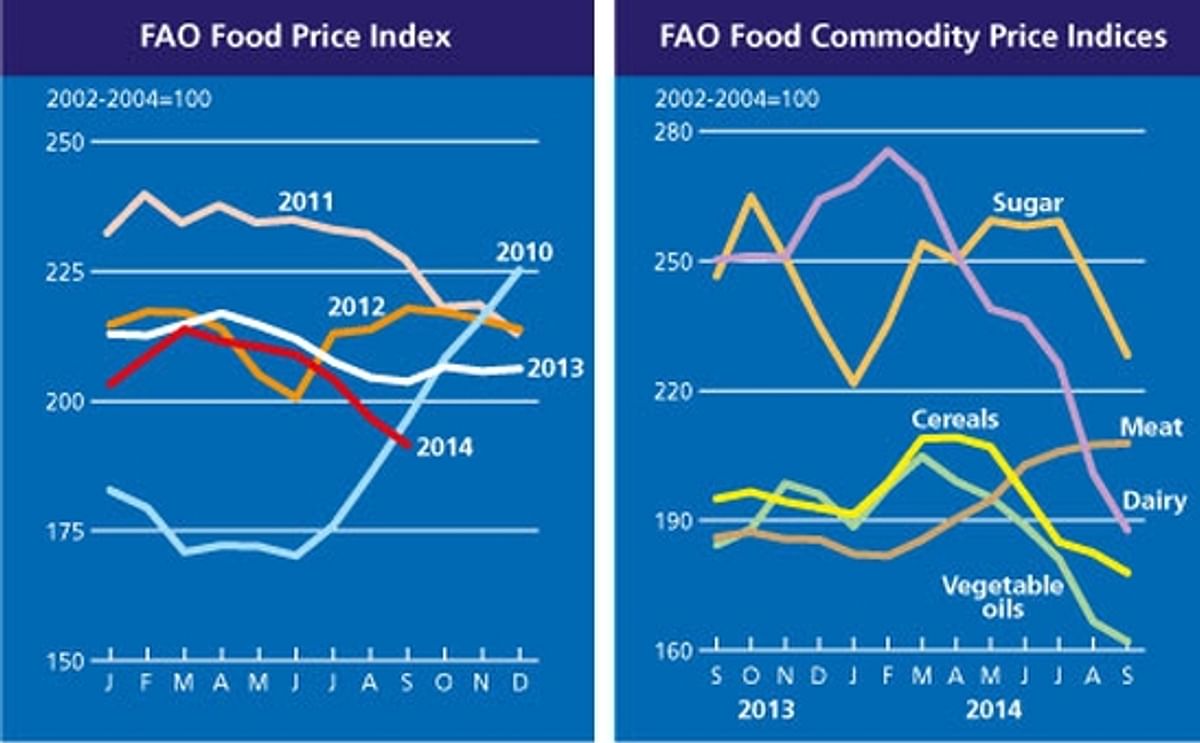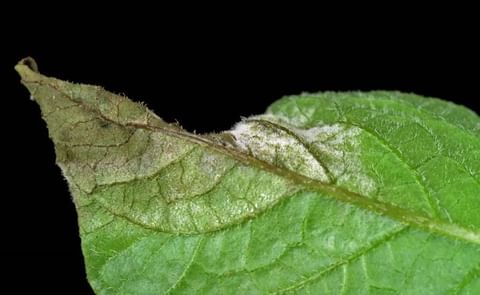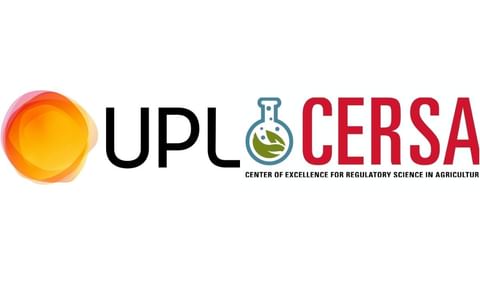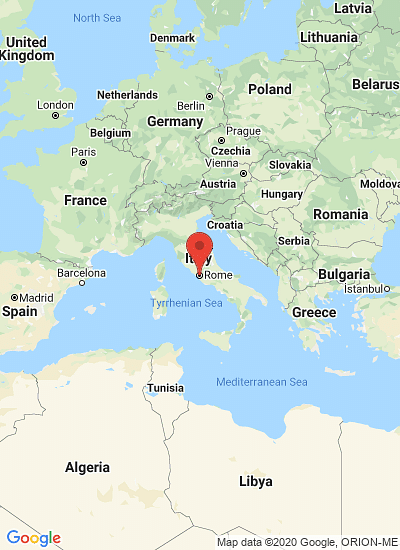The FAO Food Price Index averaged 191.5 points in September 2014, down 5.2 points (2.6 percent) from August and as much as 12.2 points (6.0 percent) from the corresponding period last year.
The September slide, which represented the sixth consecutive monthly drop, brought the value of the index to its lowest level since August 2010. The decline in September marks the longest period of continuous falls in the value of the index since the late 1990s. Among the sub-indices, sugar and dairy weakened the most, followed by cereals and oils, while meat remained firm.
Among the underlying factors, the US dollar’s broad appreciation continued to weigh on all international commodity prices.
The FAO Cereal Price Index averaged 177.9 points in September, down 4.6 points (2.5 percent) from August and 17.1 points (8.8 percent) from September 2013. The latest decline marks the fifth consecutive monthly fall. Good production and large export availabilities are the main factors behind falling wheat and maize prices. Even rice prices, which had risen steadily in recent months, registered a decline in September, reflecting accrued competition among exporting countries ahead of upcoming harvests.
The FAO Vegetable Oil Price Index averaged 162 points in September, down by 4.6 points (2.8 percent) from August. Dropping for the sixth consecutive month, the index has fallen to its lowest level since October 2009. The main driver behind the slide remains palm oil, whose prices dipped to 5-year lows as abundant production coincided with weak import demand. Meanwhile, better than anticipated soy yields in the United States and large availabilities of rapeseed oil weighed on their prices, contributing to the fall in the index.
The FAO Dairy Price Index averaged 187.8 points in September, down 13.0 points (6.5 percent) over August and 62.4 points (24.9 percent) less year-on-year. Quotations for all dairy products covered in the Index fell, especially skimmed milk powder. The continued decline in prices reflects abundant export availability, above all in Oceania. In addition, a movement away from the production of cheese by the European Union for sale to the Russian Federation, has resulted in increased output of butter and skimmed milk powder within the Union. Elsewhere, the fall in skimmed milk prices has stimulated whole milk powder production, as manufactures seek to adjust products to ensure the best returns.
The FAO Meat Price Index averaged 207.8 points in September, only 0.3 point higher than its revised value for August, yet still 21.7 points (11.6 percent) above September last year. Overall, prices are currently at historic highs and the lack of an increase this month may indicate that, overall, they have reached a peak. While bovine meat prices remain strong, principally reflecting a rise in export prices in Australia, where herd rebuilding has reduced supplies, average quotations for poultry were stable, while those for ovine meat fell back somewhat. As for pigmeat, prices have weakened for each of the past three months, reflecting a recovery of production in several important producing and exporting countries, following outbreaks of porcine endemic diarrhoea (PED); additionally, the closure of the Russian Federation’s market to meat products from a number of countries since August, has contributed to market uncertainty.
The FAO Sugar Price Index averaged 228.3 points in September, down as much as 16.1 points (6.6 percent) from August and 18.2 points (7.4 percent) lower than in September 2013. In recent months, large supply prospects and expectation that world production in 2014/15 would exceed consumption continued to put downward pressure on international sugar prices, pushing down average prices in September to their lowest level since January.
- News
- Food Trends
- The FAO Food...

October 10, 2014
Source
FAO
Like to receive news like this by email? Join and Subscribe!
NEW! Join Our BlueSky Channel for regular updates!
Related Topics:
Highlighted Company
Related News

June 12, 2025
Polysense raises EUR 2 million to spice the food industry with AI to become more sustainable and profitable
Polysense, a Belgian technology start-up, raised EUR 2 million (USD 2.3 million) from tech entrepreneurs to further disrupt the food industry. The company specialises in AI solutions for production processes to reduce waste and increase efficiency. 
June 08, 2025
TNA Solutions Marks World Food Safety Day with Expert Insights from Steve Burgess
In recognition of World Food Safety Day on June 7, TNA Solutions has presented a timely expert blog titled “Engineering Better Food Safety” by Steve Burgess, General Manager – Europe & Africa at TNA Solutions.
April 30, 2025
Enactus UPEI's Spuds2Suds: Turning Potato Waste into Sustainable Soap and Community Support
UPEI students created Spuds2Suds, a soap made from surplus PEI potatoes. The eco-friendly project won top prizes at Enactus Regionals, donates a bar to food banks for each sold, and is now available locally. Next stop: Enactus Nationals in Calgary.Latest News
Sponsored Content
Sponsored Content
Sponsored Content
Sponsored Content
Where
Sponsored Content







